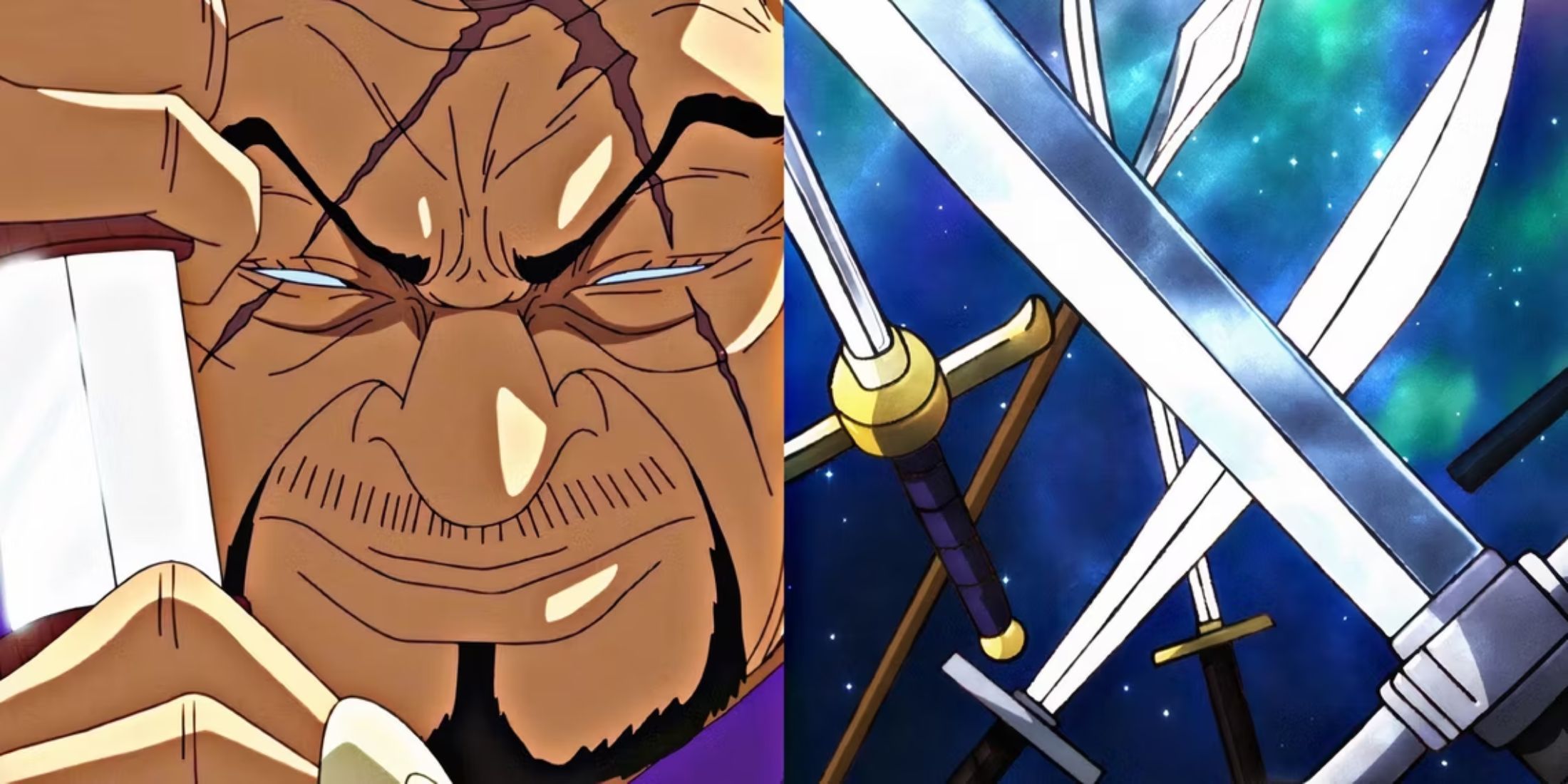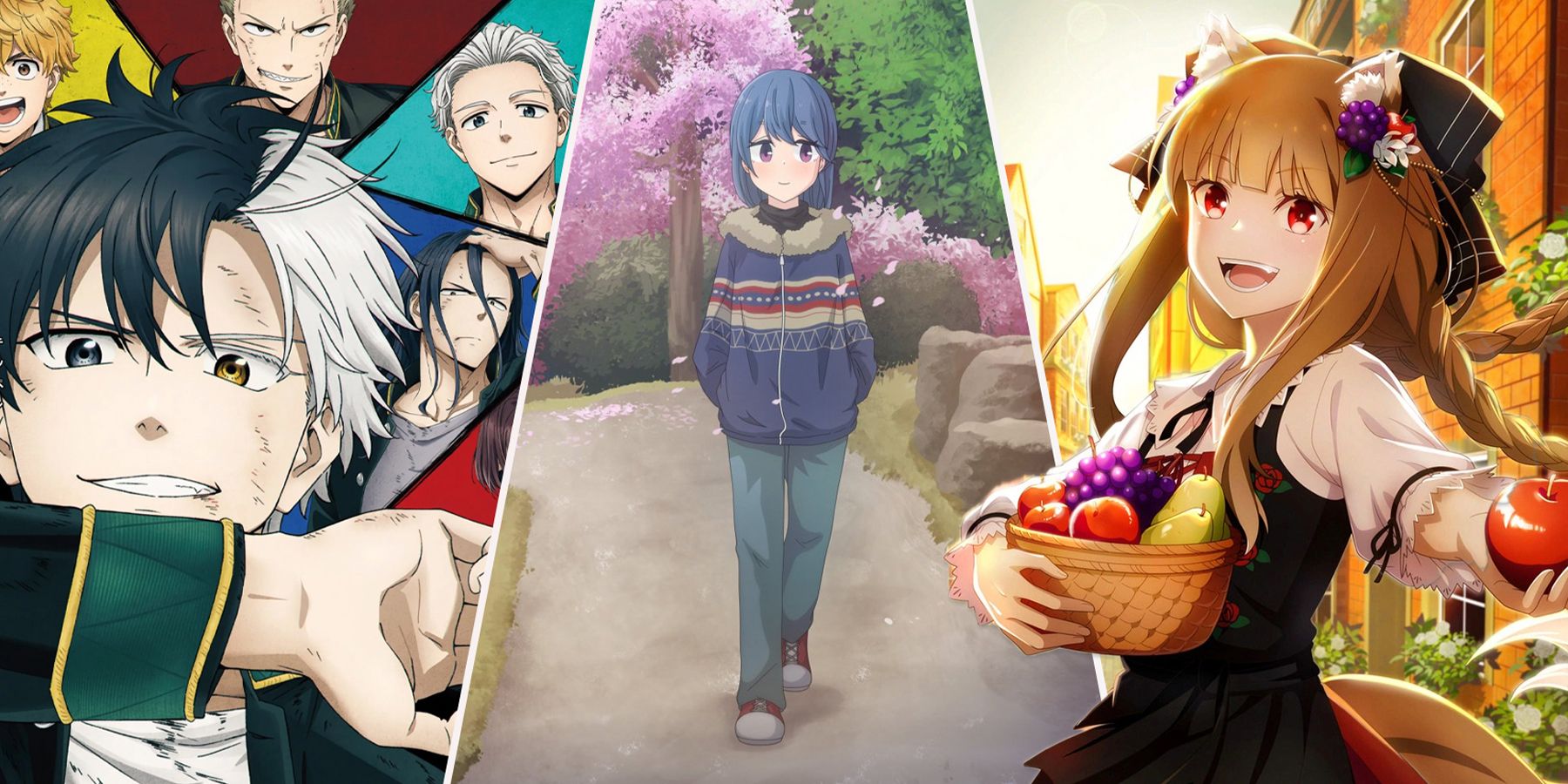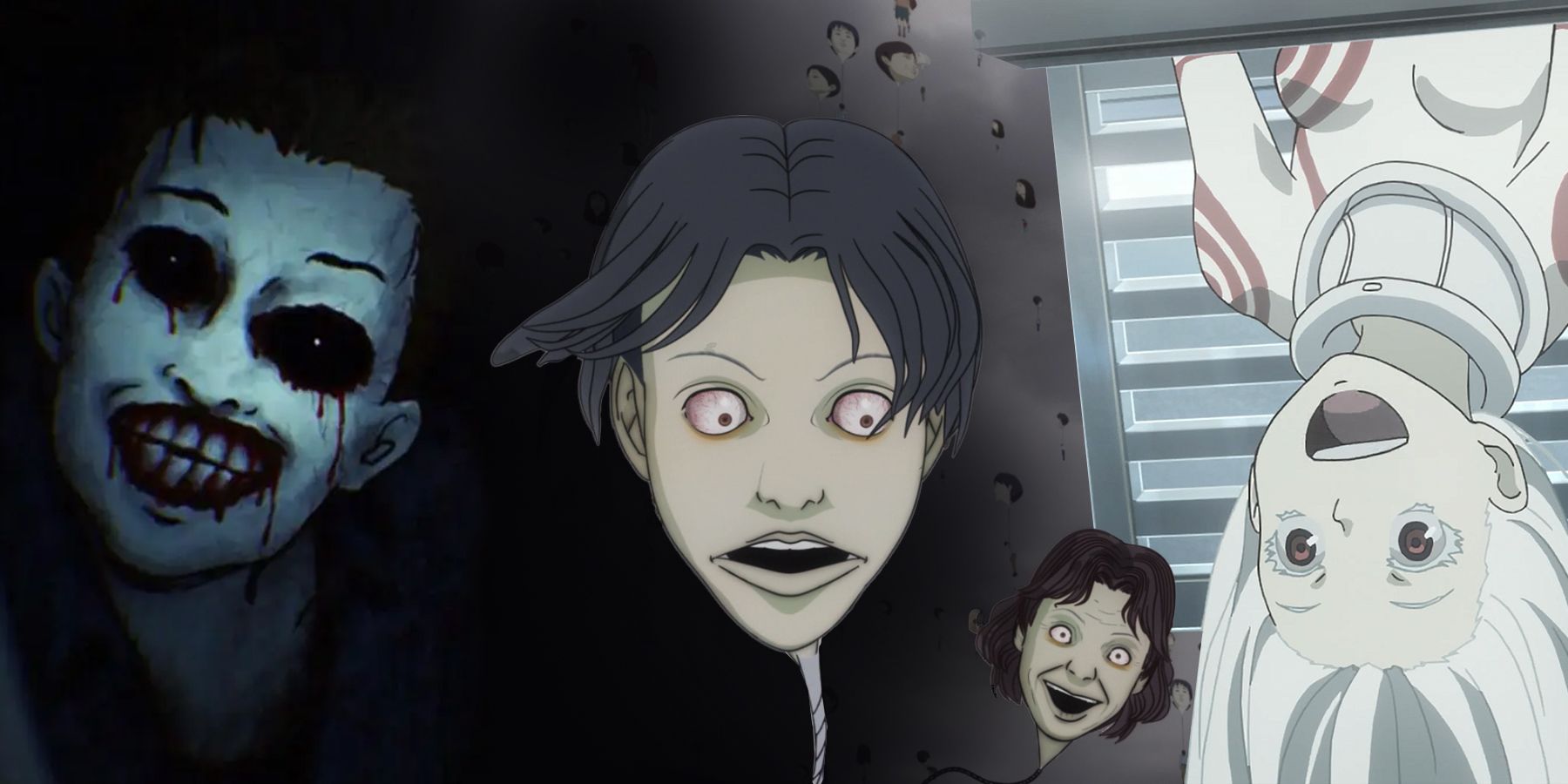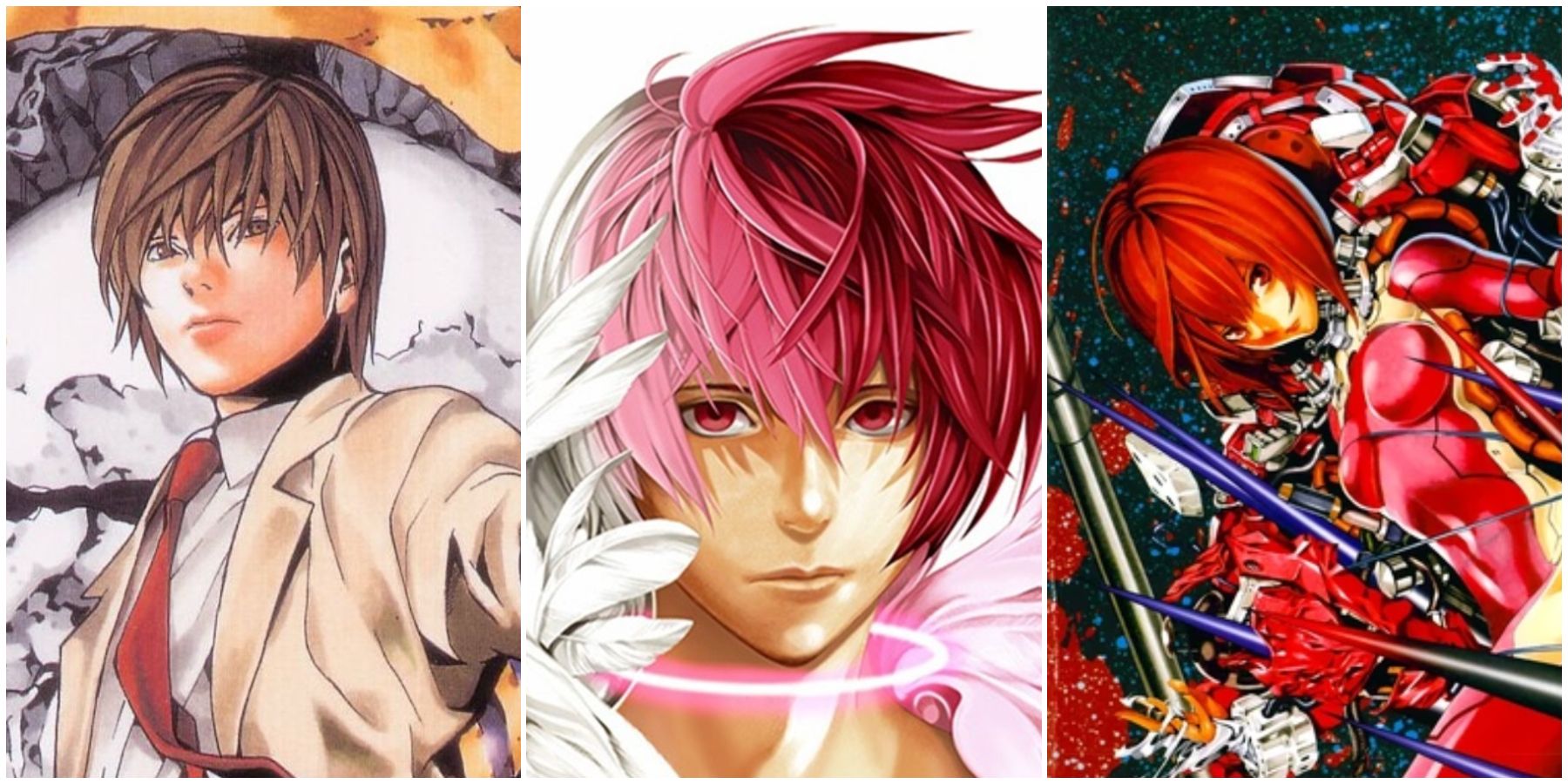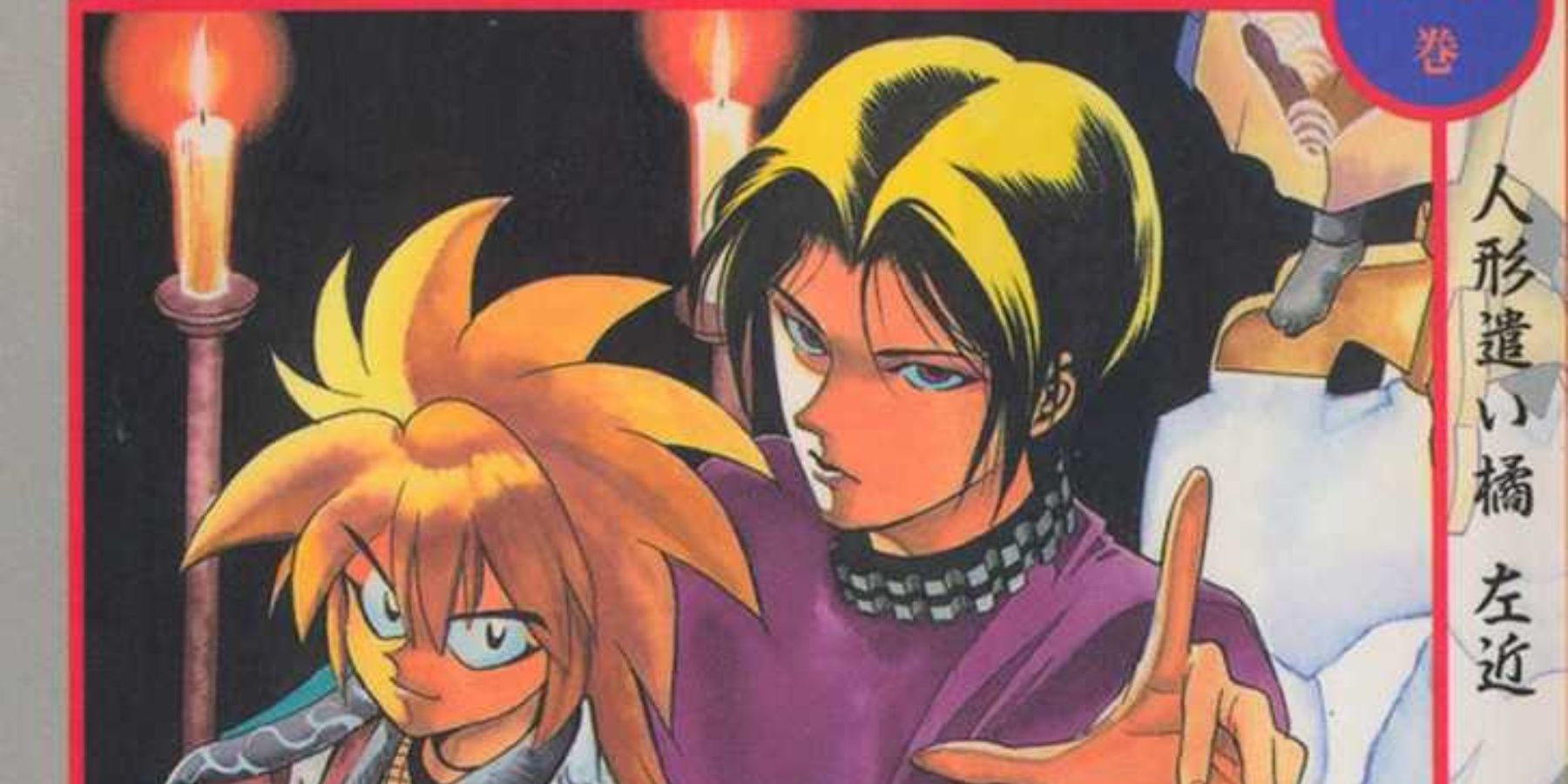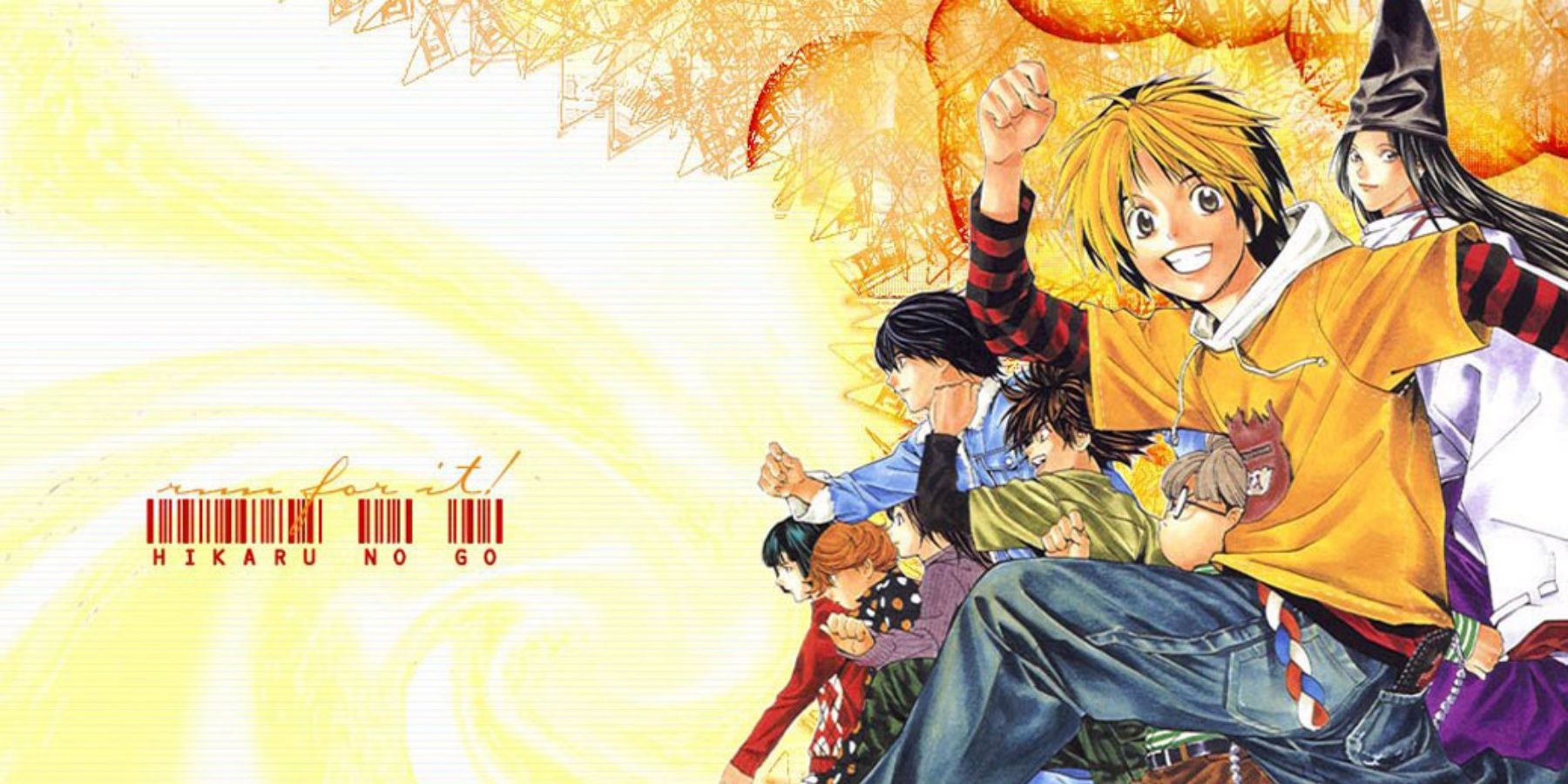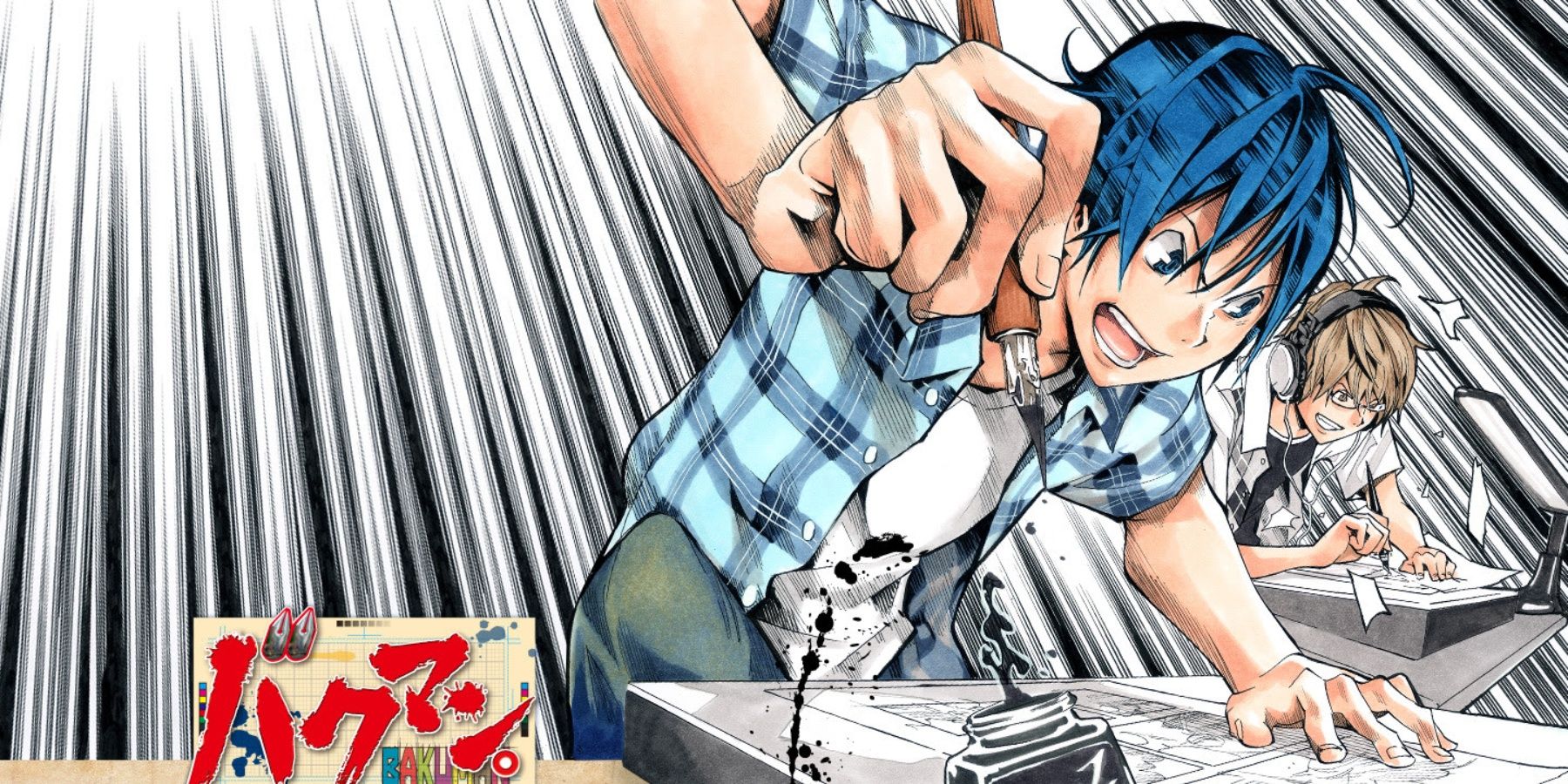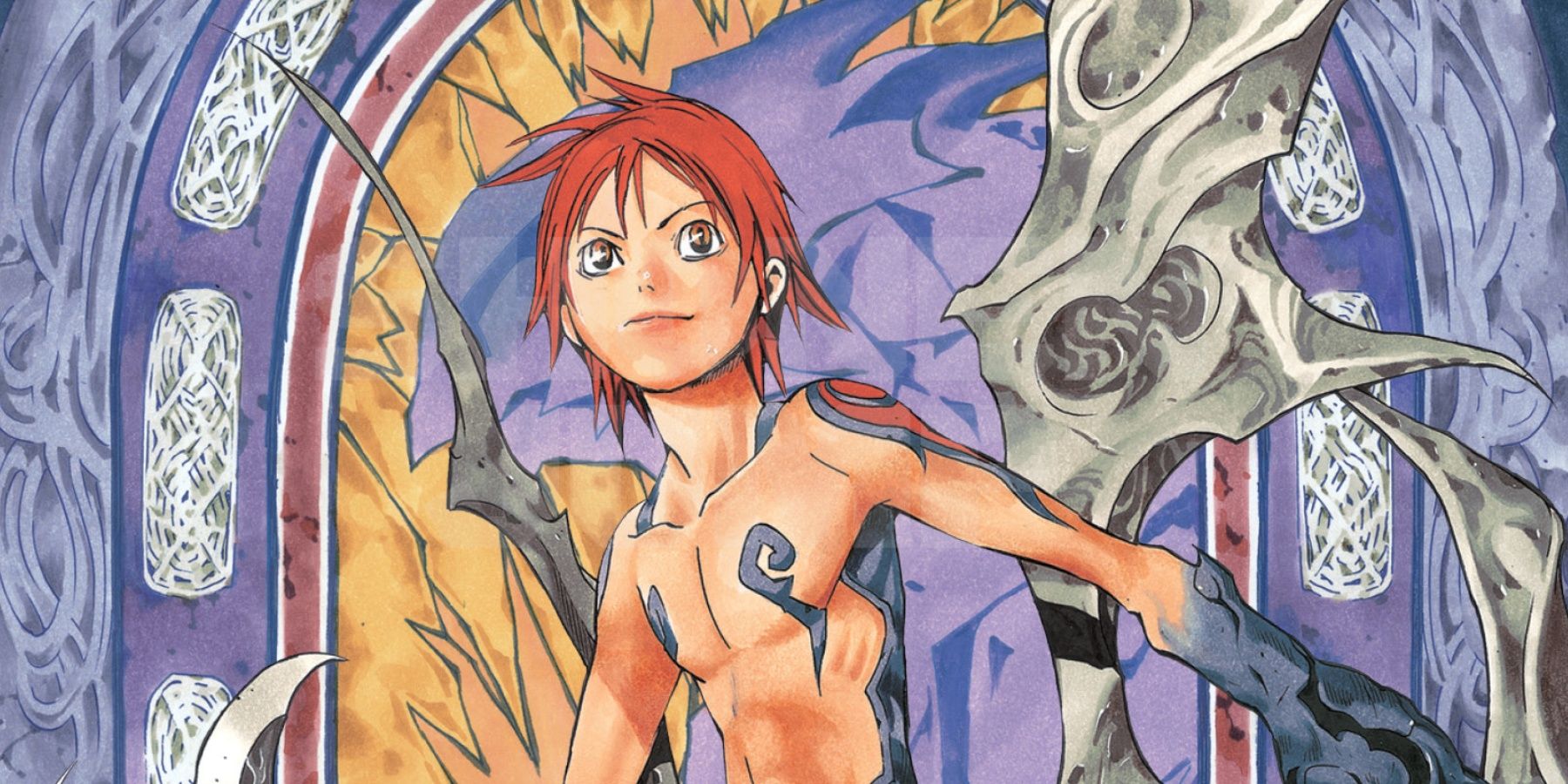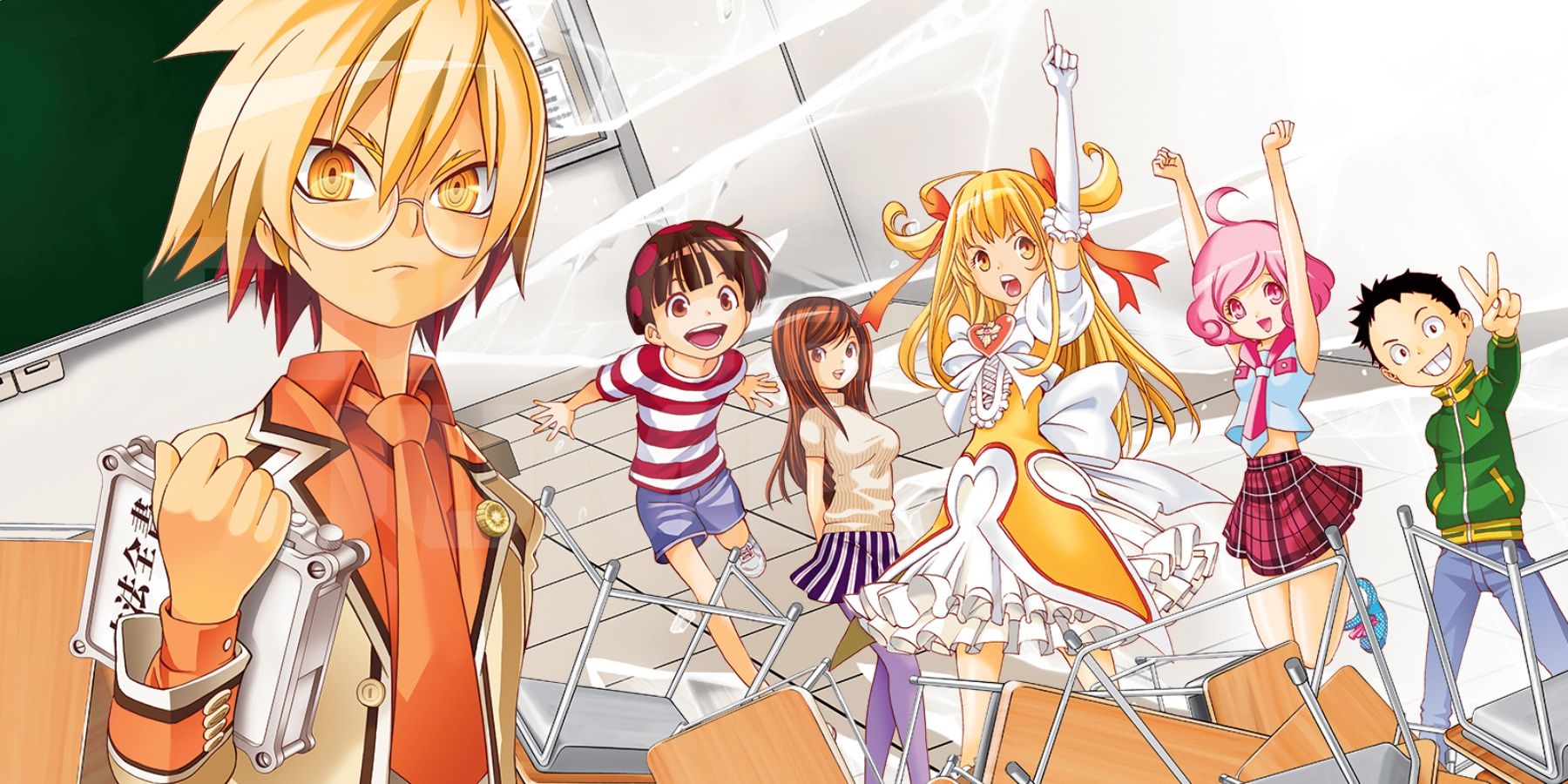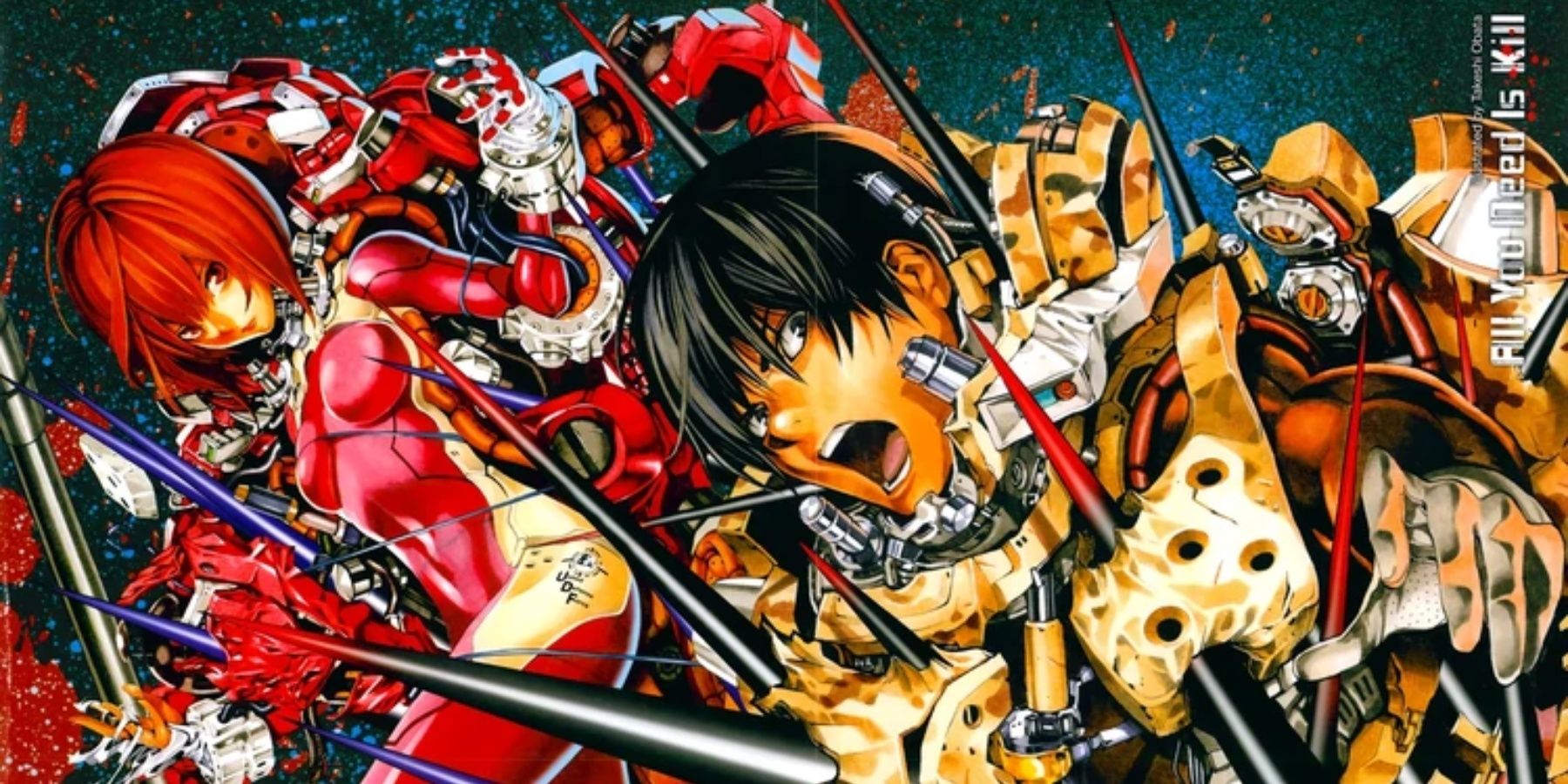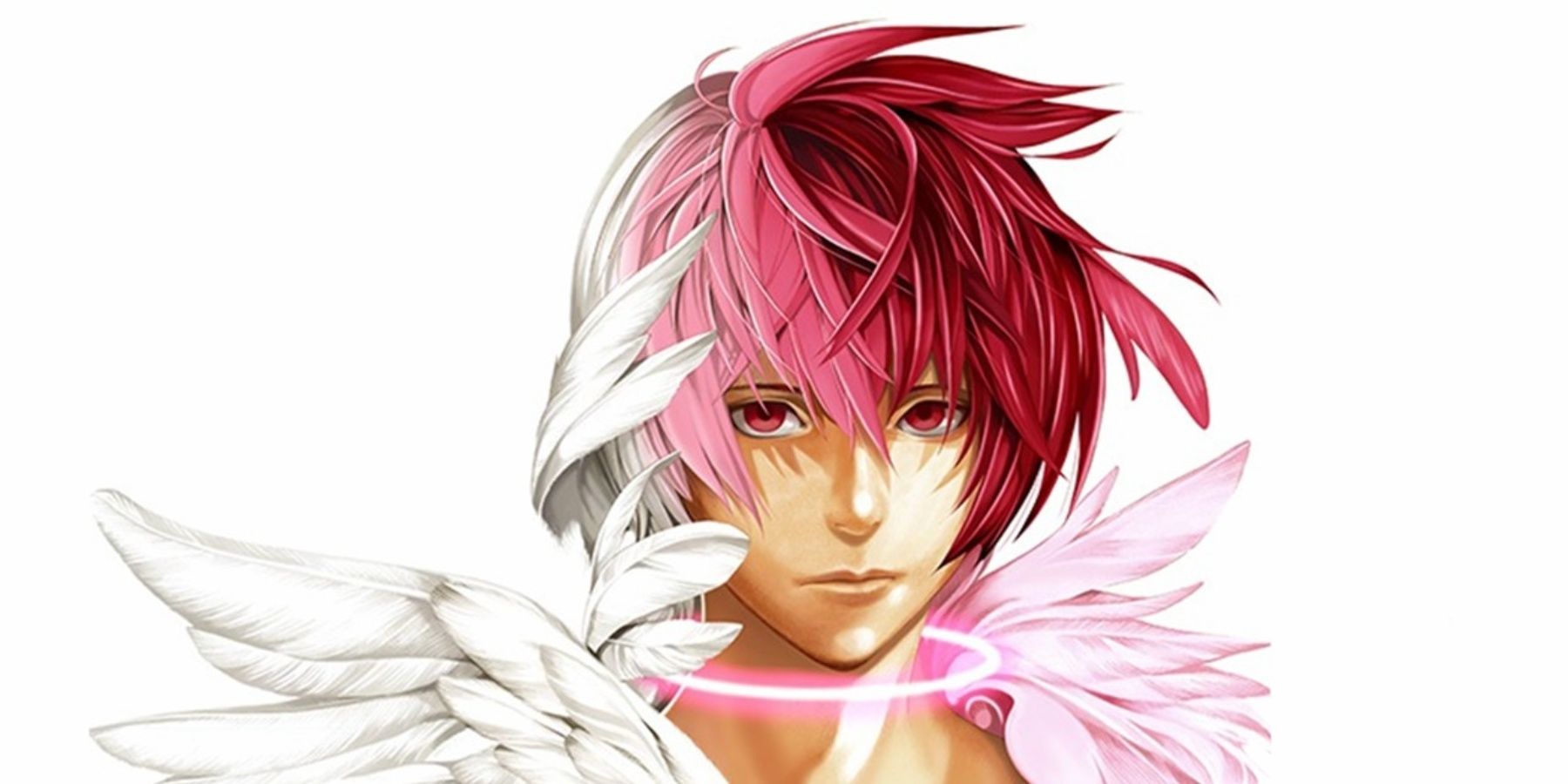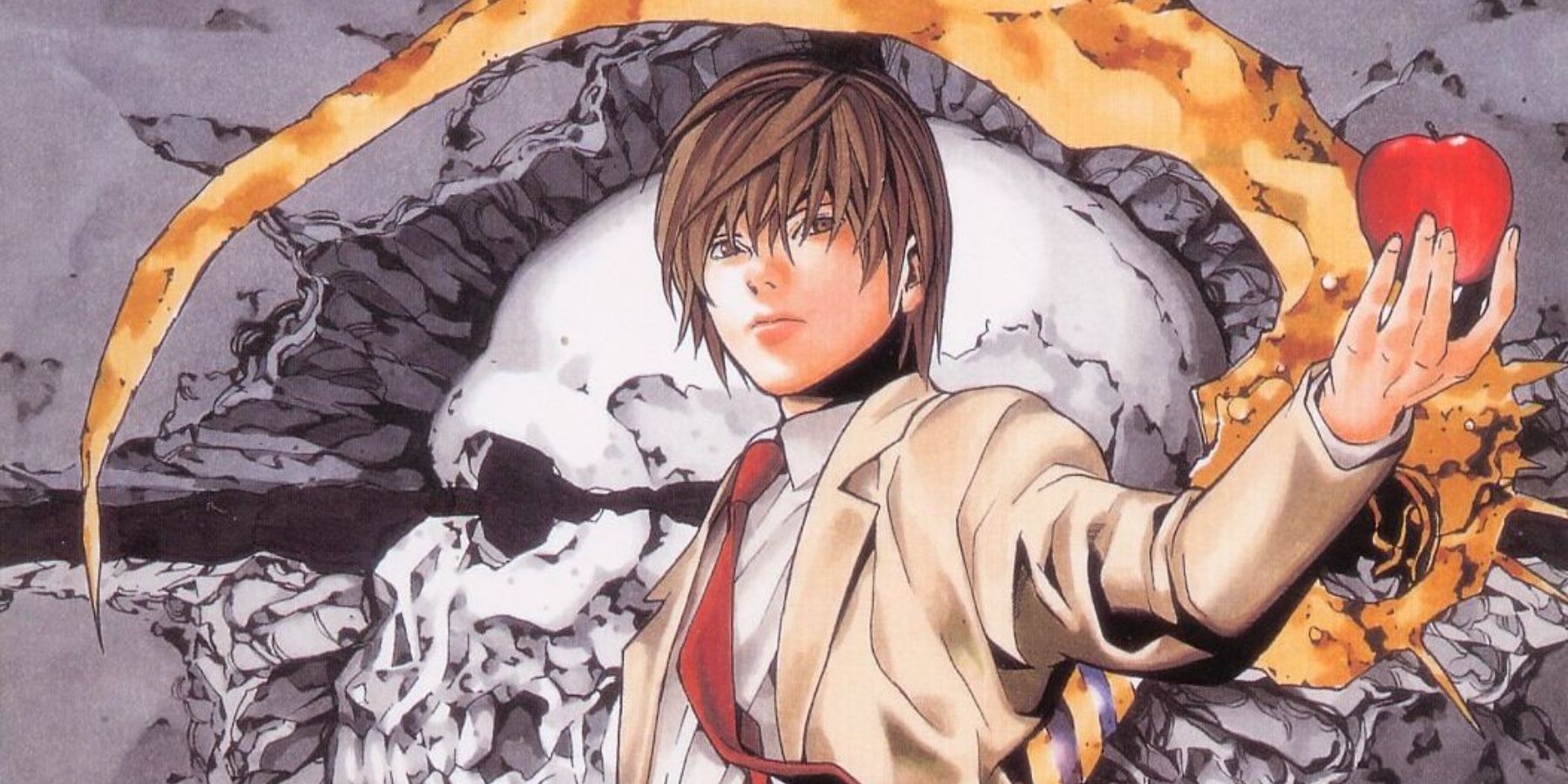Takeshi Obata is no doubt one of the biggest names in the manga industry. The legendary mangaka is famed for his art style, which, for many, is the perfect marriage between style and realism. Additionally, what makes Takeshi Obata's art stand out compared to others, apart from the details, is his sense of fashion.
Obata's characters are notably well-dressed and aren't just monotone people with a single set of clothing in their wardrobe. Thus, most of his manga are usually a treat for the eyes, especially since his style kept getting better through the years until his eventual magnum opus, Death Note. As proof of that, here are some of Obata's best works.
8 Karakurizōshi Ayatsuri Sakon
- Release year: 1995
- Chapters: 19+
Karakurizōshi Ayatsuri Sakon or Sakon, the Ventriloquist is primarily a detective story involving the titular character, Tachibana Sakon. He's a shy and reserved guy who practically transforms into a confident detective once his dummy or puppet is right by his side.
It's similar to Detective Conan except Kogoro Mouri is a small puppet. During its release and run, Ayatsuri Sakon was still one of Takeshi Obata's earliest projects, and its art style wasn't as flashy or as memorable as his more recent works. Moreover, the manga's traditional clothing for Sakon didn't allow Obata to experiment too much with fashion. Nonetheless, the manga is a refreshing and novel idea that Obata translated well with his art.
7 Hikaru No Go
- Release year: 1999
- Chapters: 191+
Hikaru No Go is certainly one of the more popular Takeshi Obata works and also a flagbearer of sports anime for sports that are less physical. It's about a boy who befriended an old spirit who happened to be an expert in Go which is the eastern equivalent of checkers. So both of them set out to become Go champions.
This manga is an interesting turning point in Takeshi Obata's career since the earliest chapters still had that signature 1990s art trend with enlarged eyes and angular faces. But gradually, Takeshi Obata started developing his own signature style that he would later perfect and employ in his masterpieces.
6 Bakuman
- Release year: 2008
- Chapters: 176+
The popular Takeshi Obata and Tsugumi Ohba artists/writer pairing from Death Note paired once again in 2008 to create a meta-manga called Bakuman. It's about a manga artist and his writer friend's dream of hitting it big in the industry. It's a lot tamer compared to the two's earlier work, but nonetheless, they made it a compelling series.
One thing to note about the art style here is that Takeshi Obata didn't seem to make it as detailed as his other works which revolved around fantasy. After all, Bakuman is a light-hearted slice of life, so some of the characters here look more like caricatures or regular working people instead of Japanese runway models.
5 Blue Dragon: Ral Grad
- Release year: 2006
- Chapters: 29+
Blue Dragon: Ral Grad is one of Takeshi Obata's immediate projects after working on Death Note and while it did allow him to experiment, he can only do so much with a fantasy setting. Ral Grad is about a wild child boy who fused with a demonic creature called a Shadow and is now the world's last hope against the other Shadows.
Coming from Death Note, fans will easily spot certain similarities from creature design to even the character's hairstyles as well as the tarot motif and iconography which made Obata's post-2000 works so famous among the emo crowd. In this manga, instead of pouring all this effort into fashion, the action scenes as well as the fan service are made more meticulous and explicit.
4 School Judgment: Gakkyu Hotei
- Release year: 2014
- Chapters: 3 Volumes
School Judgment: Gakkyu Hotei follows the story of a bunch of elementary school children who solve dangerous crimes around their neighborhood by verbally defeating them. Not exactly the most exciting premise, but it likely wouldn't have been as interesting without Takeshi Obata's art.
Because he proved that even something as generic in anime as 12-year-olds can be more stylish than adults. The surreal art style coupled with the distinct and dynamic character designs makes the manga one of Takeshi Obata's strongest flexes ever in his career.
3 All You Need Is Kill
- Release year: 2014
- Chapters: 17+
All You Need Is Kill is the manga adaptation of a 2004 light novel where the protagonist joins a war against an alien race called Mimics and he finds out that he resurrects to the day before his death every time he dies in battle. If it sounds similar, that's because Tom Cruise had a similar movie, Edge of Tomorrow, which is also based on the same light novel.
Surprisingly enough, both All You Need is Kill and Edge of Tomorrow were released in 2014. In any case, the manga shows off Takeshi Obata's range, as it's one of the few sci-fi titles he had drawn. It's certainly a good alternative to the film if one wants more detail and more humanization for the characters.
2 Platinum End
- Release year: 2015
- Chapters: 56+
Yet another dynamic duo pairing for Takeshi Obata and Tsugumi Ohba, Platinum End is their spiritual successor to Death Note. It's a mind game manga where angels grant powers to their initially suicidal hosts to make them suitable candidates for godhood. It's also one of Takeshi Obata's most recent works, having finished its run only in 2021.
Here, Takeshi Obata went all out with the art style. It was the culmination of what he learned in Hikaru No Go and applied in Death Note but in a near-perfect form due to decades of experience. Angels have never looked this good, and human characters have never worn better clothing or had smoother hair. Platinum End also features Obata's cleanest and most fluid artwork to date and it's so effortless to see it as an anime. Unsurprisingly, the manga has more detailed art than the actual anime adaptation.
1 Death Note
- Release year: 2003
- Chapters: 112+
Aped by many for its ideas and still celebrated today for its relevance, Death Note is undoubtedly Takeshi Obata's magnum opus. It was a masterclass in suspense writing and the art that Takeshi Obata gave it made it hard to see in any other iteration, which is why so many live-action adaptations fail to capture the atmosphere.
Takeshi Obata's character designs also became massive trendsetters, namely the characters Misa, L, and the other detectives that succeeded him. Some chapters had art that looked a little too clean or somewhat unfinished, and Platinum End's more detailed artwork was the pinnacle of Takeshi Obata, but it was Death Note that became one of the flagbearers of the 2000s emo generation's culture and style.

